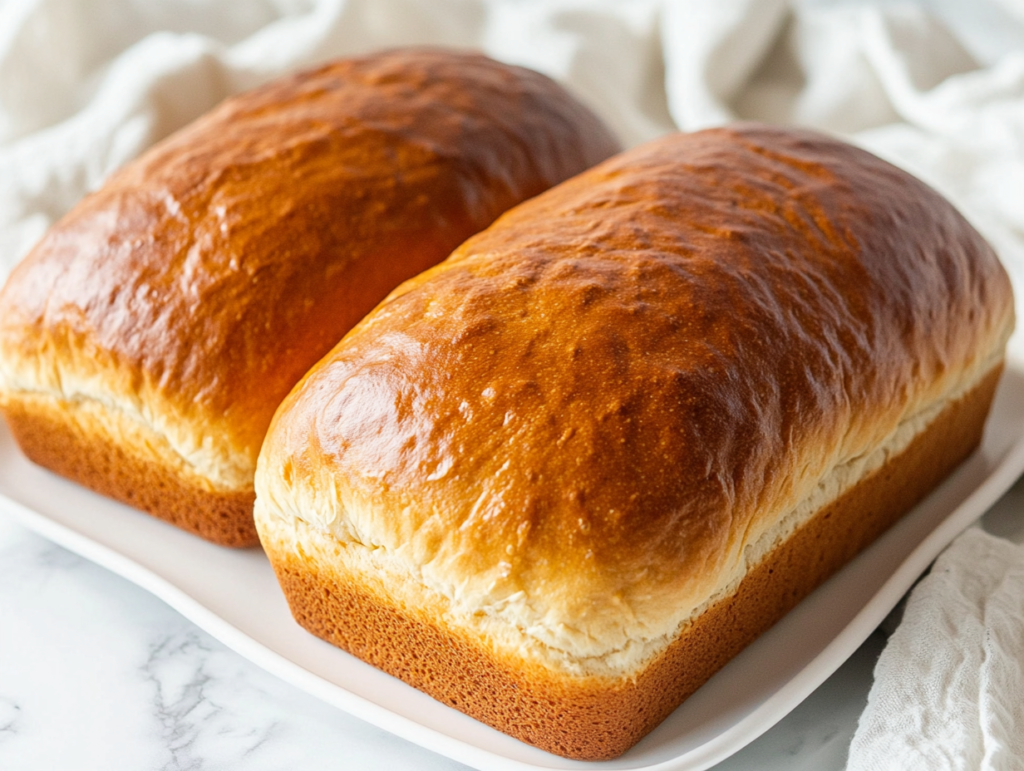If you’ve ever walked through the rolling hills of Pennsylvania Dutch country, you’ve likely encountered this delightful Amish sweet bread. With its golden crust and tender, slightly sweet interior, it’s the kind of bread that carries with it both warmth and nostalgia, much like an inviting hug from an old friend.
Making Amish sweet bread in your own kitchen is like creating a little slice of small-town Americana wherever you are. Like many global baking traditions, it speaks to the power of patience, timing, and the magic of yeast.
The best part of this recipe is how adaptable it is—whether you enjoy it as part of a cozy breakfast spread or serve it alongside a hearty stew, it’s a versatile addition to any table. Try experimenting with different spices or add-ins like cinnamon or raisins for an extra burst of flavor, turning this classic into something uniquely your own.
Perfect for Laid Back Parties!
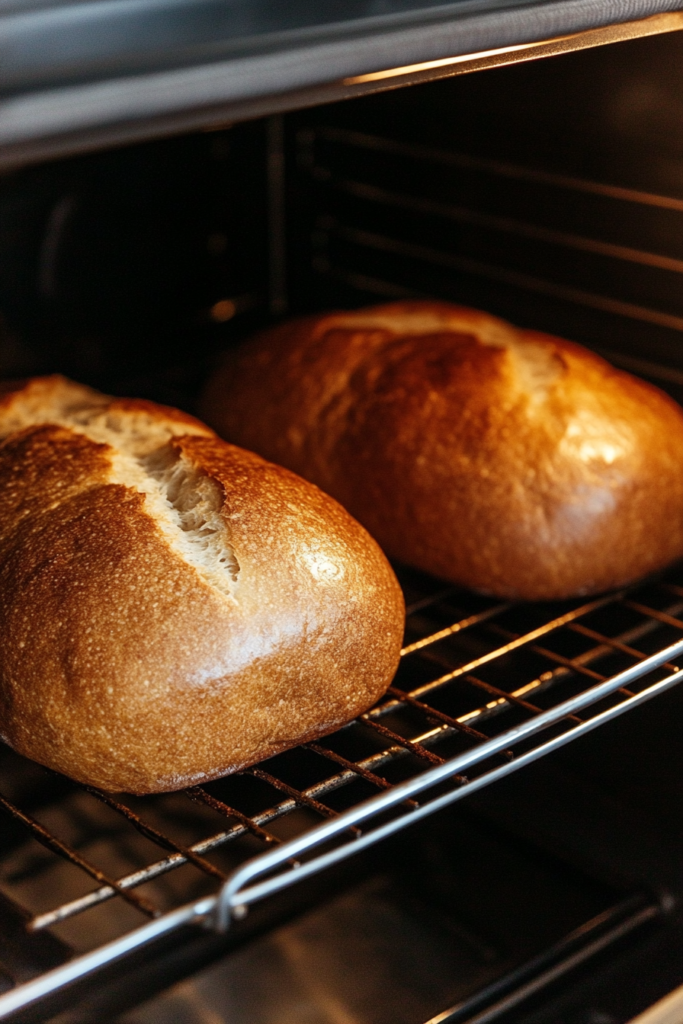
- There’s something magical about pulling freshly baked sweet bread out of the oven in the middle of a sunny summer day. The fragrance fills your home, beckoning family and friends to gather around.
- I’ve found that this bread works wonderfully for casual outdoor picnics. Its sweetness is a great complement to both savory and sweet dishes alike, offering a balanced contrast.
- This bread can even be enjoyed on warm evenings with a dollop of whipped butter or a drizzle of honey, offering comfort and refreshment after a day of summer adventures.
- Over time, I’ve modified the recipe, adding a touch of vanilla extract or a sprinkle of sugar on top before baking—these small changes elevate the flavor profile and keep things fresh.
- Tastes good when shared with loved ones, especially after a long day outdoors.
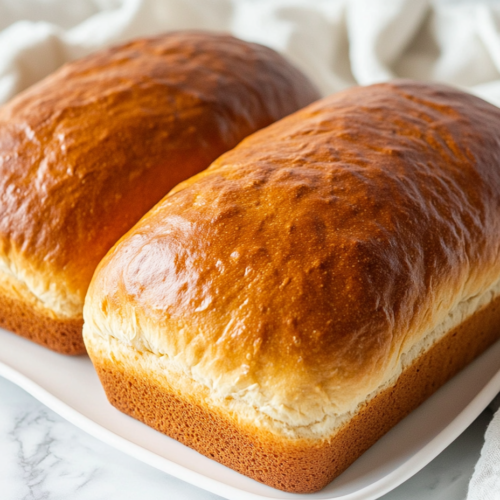
Amish Sweet Bread Recipe
Equipment
- Large mixing bowl
- Medium saucepan
- Wooden spoon or whisk
- Measuring cups and spoons
- 2 Loaf pans
Ingredients
- ⅔ cup white sugar
- 2 cups water
- 1½ tbsp active dry years
- 5½ cups all-purpose flour
- ¼ cup vegetable oil
- 1½ tbsp salt
Instructions
- Heat water in a pot over moderate heat on the stove, then stir in the sugar once it reaches a boil and let it dissolve.
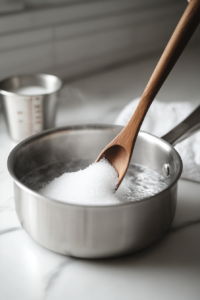
- Remove the pot from the heat and mix in the yeast, allowing it to sit for 10 minutes until activated.
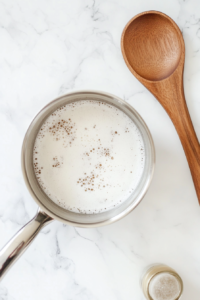
- Stir in the oil and salt, then gradually add the flour, one cup at a time, beating well after each addition.
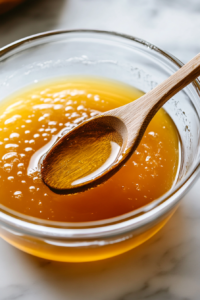
- Stop adding flour once the dough clumps together but remains slightly sticky.
- Flour a work surface, transfer the dough onto it, and knead for about five minutes, sprinkled with flour as needed to prevent sticking.
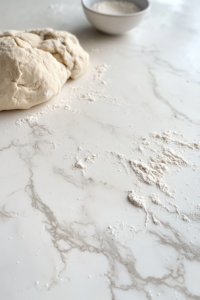
- Lightly grease a bowl, place the dough inside, cover with a clean cloth, and let it rise in a warm place for an hour.
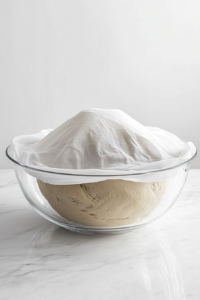
- Punch down the dough, divide it into two equal halves, and place each into a greased loaf pan.
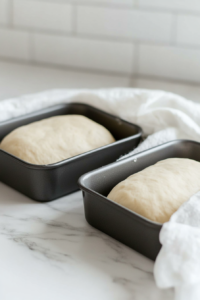
- Cover again and let it rise for another 30 minutes.
- Meanwhile, preheat the oven to 350°F and bake for about 30 minutes or until golden brown and cooked through.
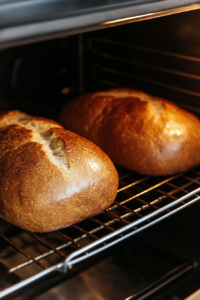
Notes
- If your yeast doesn’t foam after 10 minutes, it may be expired or your water was too hot or cold.
- Kneading properly develops gluten, giving the bread a light and airy texture—don’t skip this step.
- Letting the bread cool in the pan for 10 minutes before transferring to a rack prevents it from becoming soggy.
| Nutrition | Value |
| Calories | 2002kcal |
| Carbohydrates | 410g |
| Fibre | 14g |
| Fat | 12g |
| Protein | 53g |
Tips To Ease Your Job!
- Proof Yeast in a Measuring Cup – Instead of using a pot, proof the yeast in a measuring cup with warm water and sugar. This saves time and makes it easier to check if the yeast is active.
- Use a Stand Mixer – A stand mixer with a dough hook can handle the kneading process, reducing effort while ensuring a well-developed dough.
- Warm the Rising Area – If your kitchen is cool, place the dough in a slightly warm (but off) oven or near a bowl of hot water to speed up the rising process.
- Pre-Grease Hands for Easy Handling – Lightly oil your hands before kneading or shaping the dough to prevent sticking without over-flouring.
- Check Doneness with a Tap – Tap the top of the baked bread; if it sounds hollow, it’s done baking. If unsure, use a thermometer—190°F internally means it’s ready.
